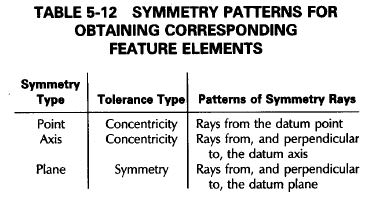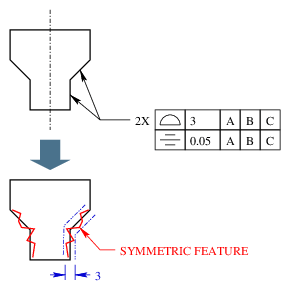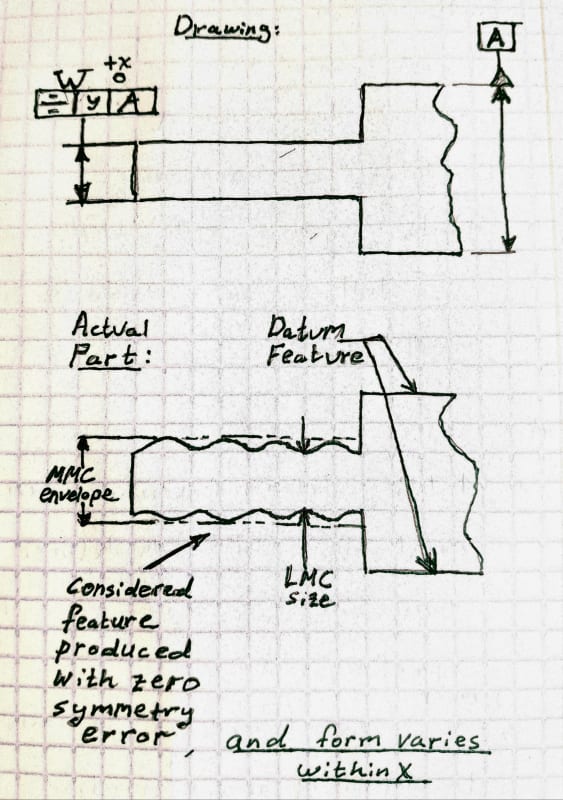Kedu
Mechanical
- May 9, 2017
- 193
From a likedin discussion
"Conceptually, symmetry is extremely similar to DMP flatness, which is why we're discussing it- just in reference to a datum. If DMP flatness is a form tolerance - and it is - symmetry is also a form tolerance"
Do you guys agree with the statement above?
Sometimes I trust more engtips people than linkedin even some members are the same.
And yes, even some of the linkedin people are y14.5 certified.....
"Conceptually, symmetry is extremely similar to DMP flatness, which is why we're discussing it- just in reference to a datum. If DMP flatness is a form tolerance - and it is - symmetry is also a form tolerance"
Do you guys agree with the statement above?
Sometimes I trust more engtips people than linkedin even some members are the same.
And yes, even some of the linkedin people are y14.5 certified.....


![[upsidedown] [upsidedown] [upsidedown]](/data/assets/smilies/upsidedown.gif)
![[bigsmile] [bigsmile] [bigsmile]](/data/assets/smilies/bigsmile.gif)

